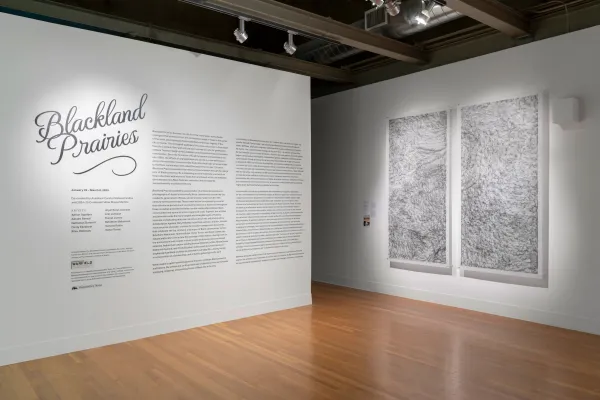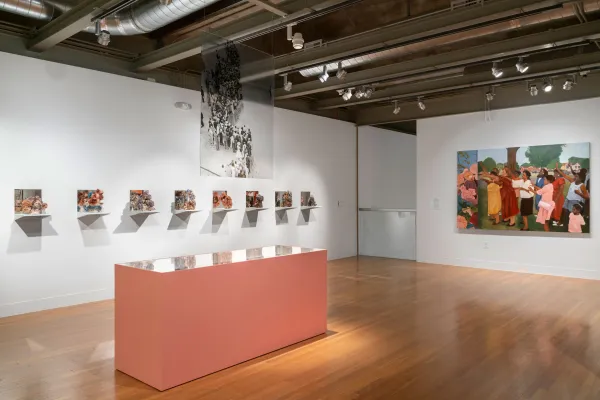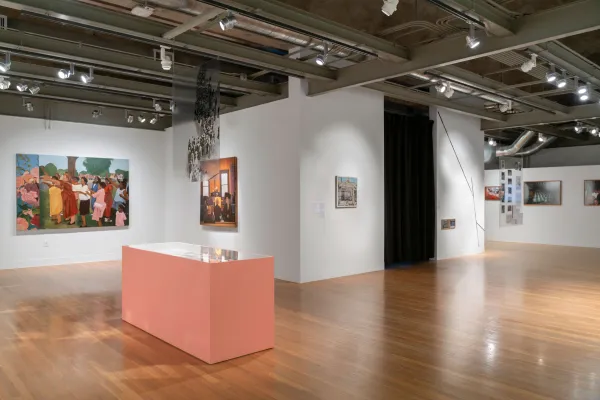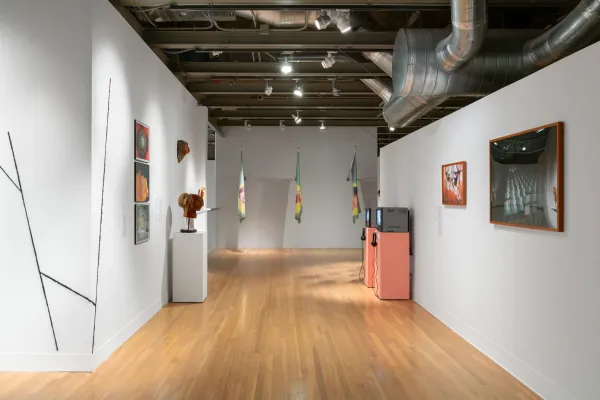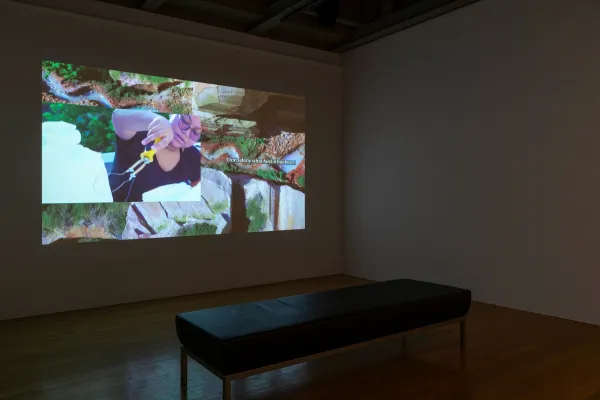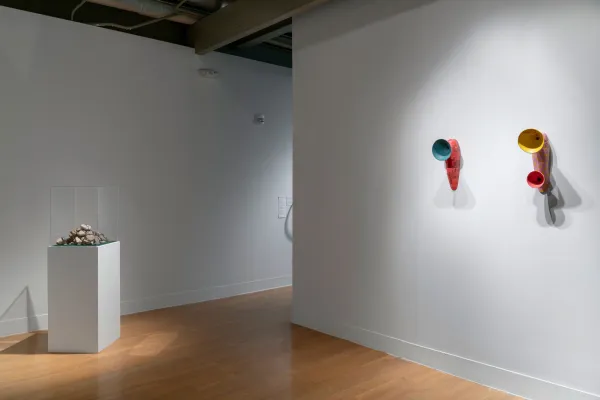Blackland Prairies
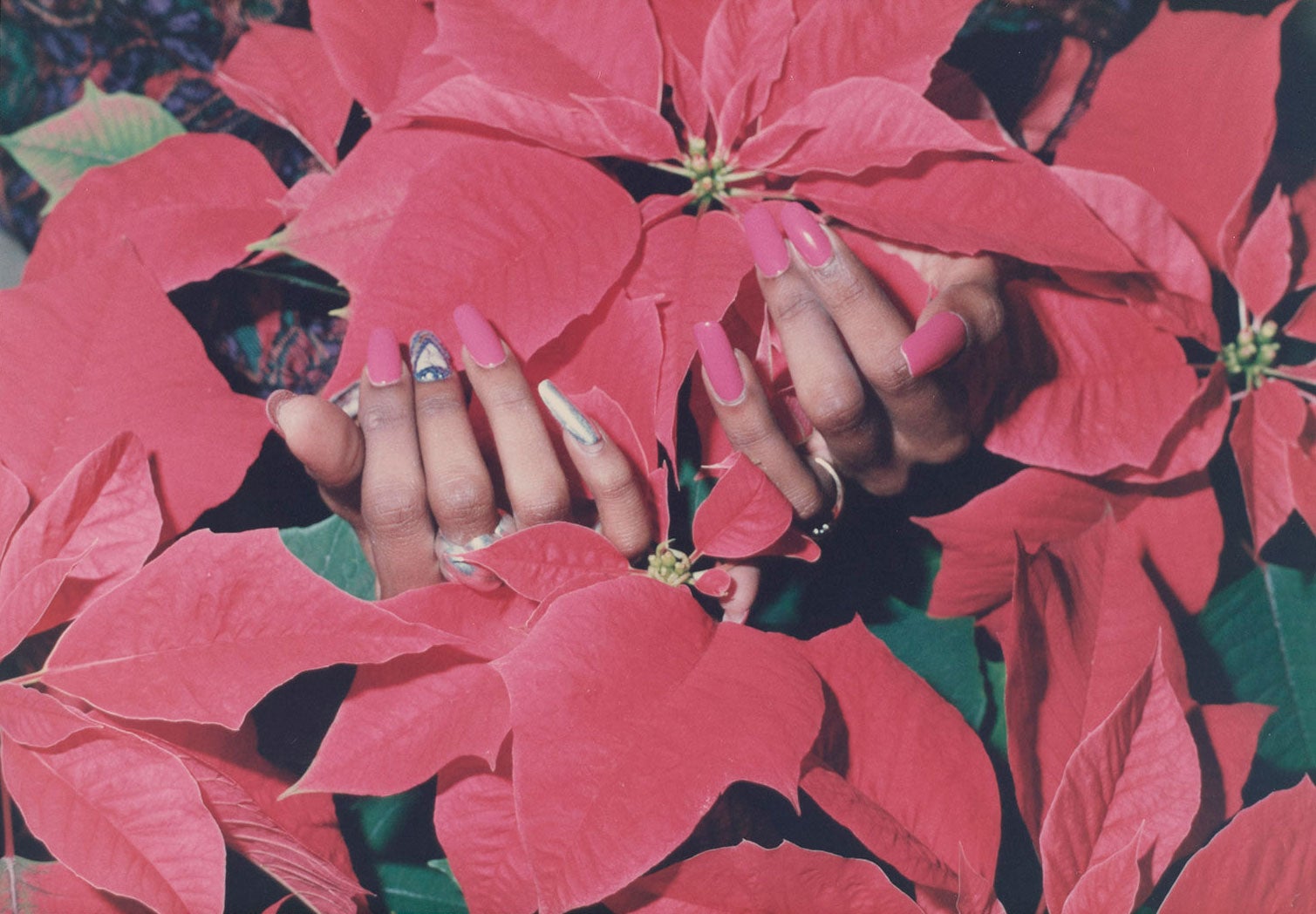
Photograph from the Miss Black Austin Pageant Collection, undated. Courtesy of the Black Diaspora Archive, Benson Latin American Collection, LLILAS Benson Latin American Studies and Collections, The University of Texas at Austin. Accession No. 2021-19.
Co-curated by Assistant Curator Melissa Fandos and 2024–25 Curatorial Fellow Maysa Martins
Artists
Adrian Aguilera
Adraint Bereal
Nathaniel Donnett
Cindy Elizabeth
Riley Holloway
Aryel René Jackson
Ann Johnson
Daniel Llanes
Betelhem Makonnen
Tammie Rubin
Victor Torres
Blackland Prairies borrows its title from the name given to the fertile ecoregion that stretches from the northeastern edge of Texas to the center of the state, encompassing historically Black and Brown regions of the city of Austin. The ecological qualities of this area—its access to fresh water from the Colorado River and rich clay soil—served as a site for generations of Black Texans to build homes, establish churches and schools, and maintain communities. Since the formation of Austin’s freedom communities in the late 1860s, the efforts of segregationist city planners, urban developers, and profit-motivated investors have made this landscape unrecognizable to the Black communities who called this area home for over 150 years. Blackland Prairies examines this historical transformation through the radical lens of Black presence. By juxtaposing archival materials sourced from local collections with works by Texas-born and based artists, the exhibition demonstrates how Black histories, memories, and everyday life are permanently inscribed in the city.
Blackland Prairies assembles a presentation of archival documents and photographs of Austin’s historically Black communities created by city residents, government officials, and local news media from the 19th century to the present day. These materials are surrounded by visual art that references personal and community histories in Austin and throughout Texas, as well as artworks that reflect on the relationships between Black communities and space on a more expansive scale. Together, the archives and artworks evoke the many tangible and intangible layers of Austin’s histories, complicating reductive narratives about who and what Austin is. Artists Adrian Aguilera, Riley Holloway, Aryel René Jackson, and Ann Johnson mine personal and public archives to transform images into monuments that celebrate the joy, intimacy, and hopes of Black communities. Artists Betelhem Makonnen, Tammie Rubin, Victor Torres, and Daniel Llanes use natural materials to show how the passage of time leaves a lasting mark on the environment and creates a visual record of obscured and overlooked histories. Rather than use pre-existing archival materials, artists Adraint Bereal, Nathaniel Donnett, and Cindy Elizabeth collect and document stories to emphasize how Black archives are enacted in everyday life—among friends, in conversation at a barbershop, and at family gatherings in the park.
While Austin’s rapid transformation continues to minimize Black presence and history, the artists and archival materials of Blackland Prairies illuminate emerging, enduring, and evolving forms of Black life in the city.
Las praderas de Blackland toma su título del nombre dado a la fértil ecorregión, en español llamada “tierra negra,” que se extiende desde el extremo noreste hasta el centro de Texas, abarcando regiones históricamente negras y morenas de la ciudad de Austin. Las características ecológicas de esta zona —su acceso al agua dulce del río Colorado y su rico suelo arcilloso— sirvieron para que generaciones de tejanos negros construyeran sus hogares, establecieran iglesias y escuelas y mantuvieran sus comunidades. Desde la formación de las comunidades libres de Austin a finales de la década de 1860, los esfuerzos de urbanistas, promotores urbanísticos e inversores con ánimo de lucro, todos ellos segregacionistas, convirtieron este paisaje en un lugar irreconocible para las comunidades negras que llamaron a esta área su hogar durante más de 150 años. Las praderas de Blackland examina esta transformación histórica a través del lente radical de la presencia negra. Yuxtapone materiales de archivo procedentes de colecciones locales con obras de artistas nacidos y radicados en Texas que demuestran cómo las historias, los recuerdos y la vida cotidiana de las personas negras están permanentemente grabadas en la ciudad.
La exposición articula una presentación de documentos y fotografías de archivo de las comunidades históricamente negras de Austin creados por residentes de la ciudad, funcionarios del gobierno y medios de comunicación locales desde el siglo XIX hasta la actualidad. Estos materiales están rodeados de arte visual que hace referencia a historias personales y comunitarias de Austin y de todo Texas, así como de obras que reflexionan acerca de las relaciones entre las comunidades negras y el espacio en una escala más amplia. Juntos, los archivos y las obras de arte evocan las muchas capas tangibles e intangibles de las historias de Austin, problematizando las narrativas reduccionistas sobre qué y quién es Austin. Los artistas Adrian Aguilera, Riley Holloway, Aryel René Jackson y Ann Johnson extraen elementos de archivos personales y públicos para transformar imágenes en monumentos que celebran la alegría, la intimidad y las esperanzas de las comunidades negras. Betelhem Makonnen, Tammie Rubin, Victor Torres y Daniel Llanes son artistas que utilizan materiales naturales para mostrar cómo el paso del tiempo deja una huella duradera en el entorno y crea un registro visual de historias ocultas y pasadas por alto. Y en lugar de utilizar materiales de archivo ya existentes para crear sus obras, los artistas Adraint Bereal, Nathaniel Donnett y Cindy Elizabeth recopilan y documentan historias de la comunidad para enfatizar cómo los archivos negros se expresan en la vida cotidiana, entre amigos, en una plática en la barbería y en reuniones familiares en el parque.
Mientras la rápida transformación de Austin sigue minimizando la presencia e historia negras, los artistas y los materiales de archivo de Las praderas de Blackland iluminan las formas de vida de las personas negras en la ciudad que emergen, perduran y evolucionan.
Principle support for Blackland Prairies is provided by the John L. Warfield Center for African and African American Studies and the Black Diaspora Archive at The University of Texas at Austin.

This program is supported by Humanities Texas, the state affiliate of the National Endowment for the Humanities. Any views, findings, conclusions, or recommendations expressed in this exhibition do not necessarily represent those of the National Endowment for the Humanities.

The VAC extends a special thanks to augzoo® for creating an augmented reality experience in collaboration with featured artist Adrian Aguilera.





